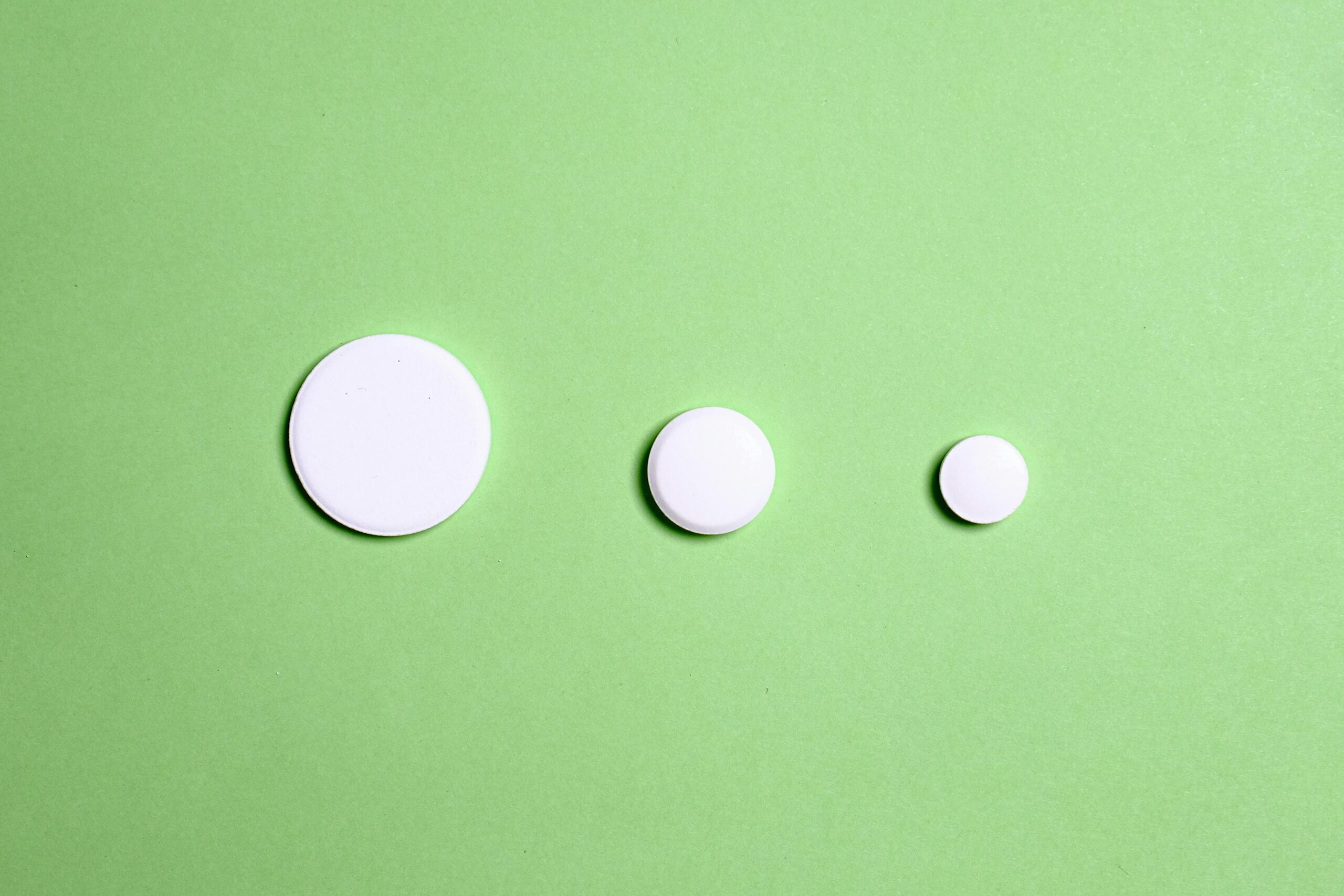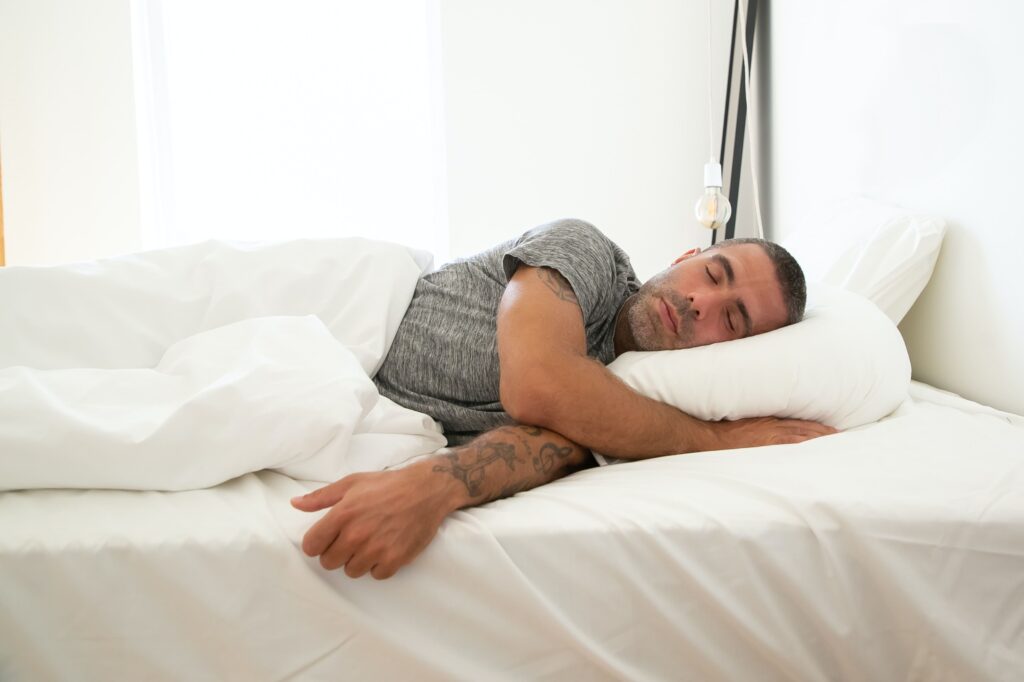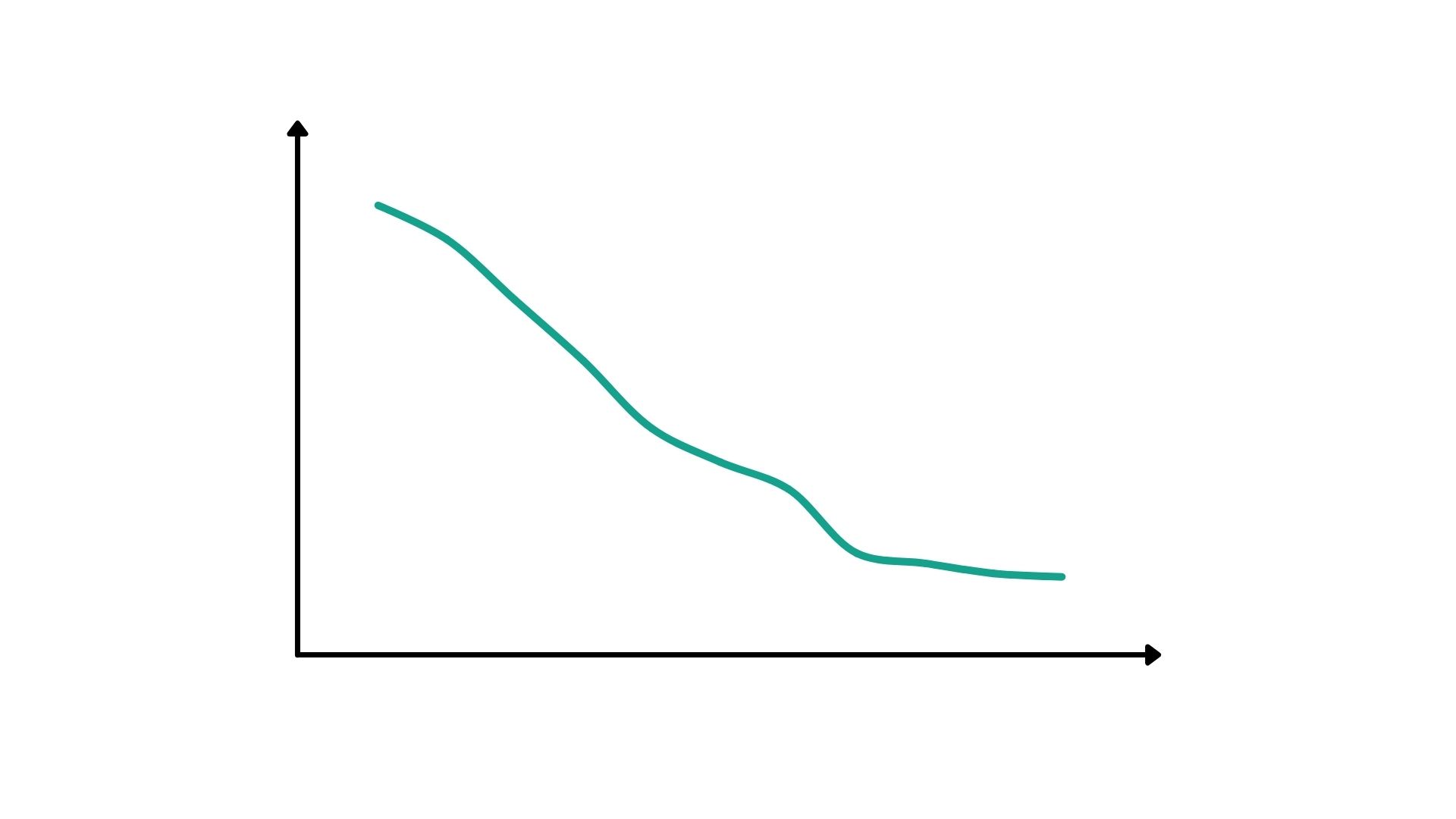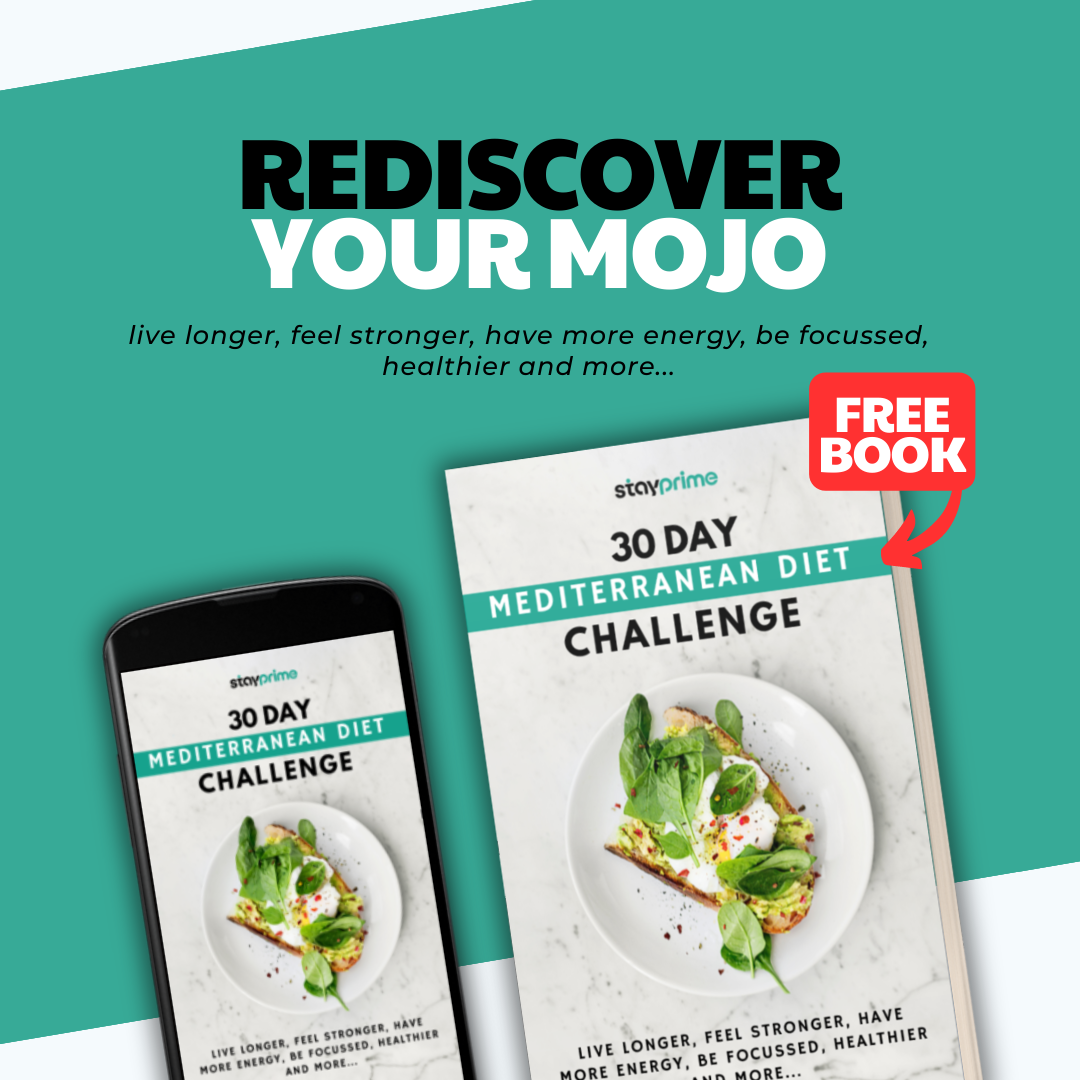
How ZMA Can Boost Your Immune System
Wondering how to boost your immune defences and fight against illness? Discover the science of ZMA and how it can help your immune system.

Sunlight is a natural phenomenon that we often take for granted that plays a pivotal role in our daily health and well-being. It’s more than just a source of illumination; it’s an essential component of human life. From our early ancestors who rose with the dawn to the modern-day hustle, morning sunlight has woven itself into the fabric of human existence.
The benefits of morning sunlight exposure are multifaceted and extend far beyond brightening our day. This natural gift affects our sleep patterns, harmonizes our hormones, fuels our motivation, and enhances our overall health in ways that are both subtle and profound.
This blog post will delve into the science behind these benefits, providing readers with insights into the physical and psychological effects of morning sunlight. We’ll explore how to harness the sun’s rays to improve sleep quality, regulate hormonal balance, foster motivation, and uplift general health. Practical recommendations, supported by scientific research and real-life examples, will guide those eager to integrate these benefits into their daily lives.

The exposure to early morning sunlight sets off a fascinating series of biological processes within the body. This dance between sunlight and our physiology isn’t just poetic; it’s scientific.
One of the key interactions is between UVB rays and our skin. These rays stimulate the production of Vitamin D, known as the “sunshine vitamin.” When UVB rays strike the skin, they react with cholesterol to form Vitamin D3, which is later transformed into the active form of Vitamin D in the liver and kidneys. This vitamin plays a crucial role in calcium absorption and bone health.
Sunlight’s effects also reach our eyes, where specialized cells detect light and send signals to the brain. This process triggers the brain’s “wake-up call,” helping us feel alert and energized. This activation of the brain not only brightens our mood but aligns our internal body clock.
The influence of sunlight on our circadian rhythm is another vital aspect. Our internal body clock relies on cues from natural and artificial light, to regulate sleep patterns and other bodily functions. Exposure to morning sunlight helps reset this rhythm, allowing our body to recognize when it’s time to be awake and active.
Alongside these effects, sunlight also stimulates the production of certain hormones like cortisol, often referred to as the “stress hormone.” In the right amounts, cortisol helps manage stress, reduce inflammation, and maintain overall physiological equilibrium.
The immediate physiological reactions to sunlight are manifold and include the dilation of blood vessels and changes in heart rate. These responses aid in warming the body and enhancing blood flow, contributing to feelings of well-being and readiness for the day.

The connection between sunlight and the sleep-wake cycle is a harmonious one, with morning light exposure playing a pivotal role. Our body’s internal clock, known as the circadian rhythm, relies on cues from the morning sun to set its timing, influencing when we fall asleep and wake up.
One significant way that sun exposure interacts with sleep is through the regulation of melatonin production. Melatonin, often referred to as the “sleep hormone,” is produced in the brain’s pineal gland and helps signal the body when it’s time to fall asleep. Exposure to morning sunlight suppresses melatonin production, helping the body feel awake and alert during the day. Conversely, as sunlight diminishes in the evening, melatonin production increases, making it easier to fall asleep earlier.
Morning sunlight exposure directly impacts the circadian rhythm by signalling to the brain that it’s time to start the day. This natural alignment of circadian rhythms with the sun’s pattern helps to reset our internal clock, leading to a more consistent and healthy sleep pattern. Those struggling to fall asleep at night may find solace in the morning sun, as its rays can help synchronize the body’s natural rhythm, making it easier to fall asleep when nighttime arrives.
To improve sleep quality through morning sun exposure, it’s beneficial to spend time outdoors during the early hours of the day. Even a brief walk or enjoying a cup of coffee by the window where the morning sun shines can be helpful. Regular exposure to morning light, especially within the first hour of waking, can anchor the circadian rhythm, aid in falling asleep earlier, and contribute to better sleep and overall well-being.
The absence of morning sunlight exposure can disrupt the delicate balance of our circadian rhythm, leading to a cascade of issues that ultimately impair sleep quality. Without the natural cues from the morning sun, our body’s internal clock may drift out of sync with the 24-hour day, making it more challenging to fall asleep at the desired time. This misalignment can lead to a delay in melatonin production, causing difficulties in falling asleep and potentially leading to insomnia or other sleep disorders. The lack of morning sun exposure may also affect mood and energy levels throughout the day, further exacerbating sleep problems.
In a world where artificial lighting often overshadows natural light, understanding and embracing the essential role of morning sunlight in our sleep-wake cycle becomes crucial. Ignoring this natural connection can lead to a disconnection from our intrinsic biological rhythms, ultimately damaging the quality and restorative power of our sleep.

Morning sunlight doesn’t just brighten our surroundings; it profoundly influences our internal world as well. Sunlight affects the delicate balance of hormones in our body, playing a vital role in the regulation of essential hormones like cortisol, Vitamin D, luteinizing hormone, and sex hormones.
Cortisol, often dubbed the “stress hormone,” follows a diurnal pattern where its levels peak in the early morning. It is healthy to have this spike early in the day. Exposure to light in the morning helps stimulate this natural peak, setting the tone for energy, alertness, and readiness for the day ahead. Without getting early morning light exposure we risk delaying this cortisol spike until later in the day, where it is not healthy, and we are exposed to excessive and unhealthy stress levels.
Vitamin D production is another remarkable way that sunlight affects our hormonal balance. Through outdoor sun exposure, UVB rays interact with our skin to synthesize Vitamin D, essential for bone health, a healthy immune system function, testosterone production, and even maintaining a healthy weight. This connection to metabolic functions highlights how sunlight is an indispensable part of our overall well-being.
Luteinizing hormone, responsible for regulating reproductive functions and instructing Leydig Cells to produce testosterone, is also be influenced by morning sunlight. Research suggests that proper exposure to sunlight may help synchronize the release of this hormone, having potential effects on fertility and increasing testosterone levels. Other research has shown the importance of UVB exposure, and how it increases circulating steroid hormones in animals and humans. By getting bright morning light we expose ourselves to UVB and thereby increase circulating steroid hormones.
Understanding the importance of these hormones opens doors to harnessing their benefits through intentional sun exposure. Timing and intensity play crucial roles in maximizing these effects. Engaging in outdoor sun exposure first thing in the morning can help align the production of these hormones with our natural circadian rhythm, fostering an internal environment that supports energy, mood, and metabolism.
For those looking to tap into these benefits, spending time outside in the bright morning light, particularly during the first hour of waking, can be a simple yet transformative practice. Whether it’s a morning walk, exercise, or simply enjoying breakfast on a sunlit patio, the morning ritual of embracing the sun sets the stage for hormonal harmony.

The energy and mental clarity we experience at the start of a new day are not merely a matter of good fortune or mindset; they are often intricately connected to our exposure to morning sunlight. The psychological benefits of this natural gift extend far beyond aesthetic pleasure, deeply influencing our brain’s chemistry and overall mental health.
One of the essential ways morning sunlight affects us is through the increase in serotonin production. Serotonin, often referred to as the “happiness hormone,” plays a vital role in regulating mood, appetite, and sleep. Exposure to morning sunlight helps boost serotonin levels, leading to feelings of well-being and wakefulness.
Additionally, sunlight can also influence dopamine production, further contributing to a positive mood and increased motivation. This is as dopamine makes us feel good and provides motivation to achieve whatever is in focus in your life. Research shows that natural light is key for dopamine production, and by getting sunlight early in the morning provides a good feeling and motivation to get after it and achieve what you want most in life.
The connection between sunlight exposure and mental health doesn’t stop at mood enhancement. Numerous studies have highlighted the role of sunlight in reducing symptoms of depression and anxiety. Seasonal Affective Disorder (SAD), a type of depression that occurs at a specific time of the year, usually in winter, has been shown to respond positively to sunlight exposure or light therapy. By aligning with our natural circadian rhythm and boosting mood-enhancing hormones, sunlight serves as a natural antidote to mental health challenges.
To harness these benefits, incorporating sunlight into a daily routine becomes essential. Here are some practical tips:

The golden rays of sunlight, especially in the morning, are not just an illuminating presence; they weave a complex tapestry of health benefits, which contribute to our overall well-being. These advantages extend to almost every aspect of our health, from sleep and hormones to mental equilibrium, painting a holistic picture of wellness.
As explored earlier, the effects of morning sunlight on sleep align our circadian rhythm, facilitating restorative rest. Its influence on hormones like cortisol and Vitamin D helps regulate energy, mood, and even supports maintaining a healthy weight. The psychological upliftment provided by direct sunlight alone, through serotonin and dopamine production, fosters a positive mindset and motivation, serving as a natural remedy for depression and anxiety.
Beyond these aspects, sunlight also boasts additional benefits:
However, while the sun’s rays are beneficial, they must be embraced with mindfulness. Safe sunlight exposure requires consideration for skin protection. Overexposure to UV rays can lead to skin aging and increase the risk of skin cancer. Here’s guidance for a balanced approach:
In conclusion, sunlight, especially morning light, is a multifaceted healer, touching every aspect of our health with grace and efficacy. Its rays envelop us in a warm embrace, aligning our physical, mental, and emotional selves in a natural harmony. A daily dose of sunlight, taken mindfully and respectfully, is more than a routine; it’s a ritual of self-love and a pledge to overall wellness.

Morning sunlight offers more than just brightness; it significantly affects sleep, hormones, mental health, and overall well-being. Through the regulation of our circadian rhythm, stimulation of vital hormones like cortisol and Vitamin D, and the uplifting effects direct light has on our mental state, sunlight stands as a natural ally in our daily health journey.
The myriad benefits extend to strengthening our immune system, nurturing our eyes, and fortifying our bones, all while being available at the break of dawn. Yet, the wisdom lies in embracing these golden rays with awareness and respect for skin protection.
Integrating morning sunlight exposure into our daily routines is not just an enriching practice; it’s a pathway to holistic wellness. As you move forward, may you find inspiration to experiment with sunlight’s grace or further investigate this luminous topic. Step into the bright light of the morning sun and let its rays guide you to a life filled with energy, balance, and vitality. Your journey to radiant health awaits, and it begins with the simple act of opening the curtains to a new day.


Wondering how to boost your immune defences and fight against illness? Discover the science of ZMA and how it can help your immune system.

Learn how ZMA can transform your muscle recovery and athletic performance, allowing you to reach your health goals

Studies have shown that testosterone levels are falling. Read this to find out why and what can be done to fix it.

Discover how Vitamin B6 reduces fatigue through energy metabolism, with key facts and intake recommendations.

Complete the form NOW to receive the free ebook and take on the challenge.